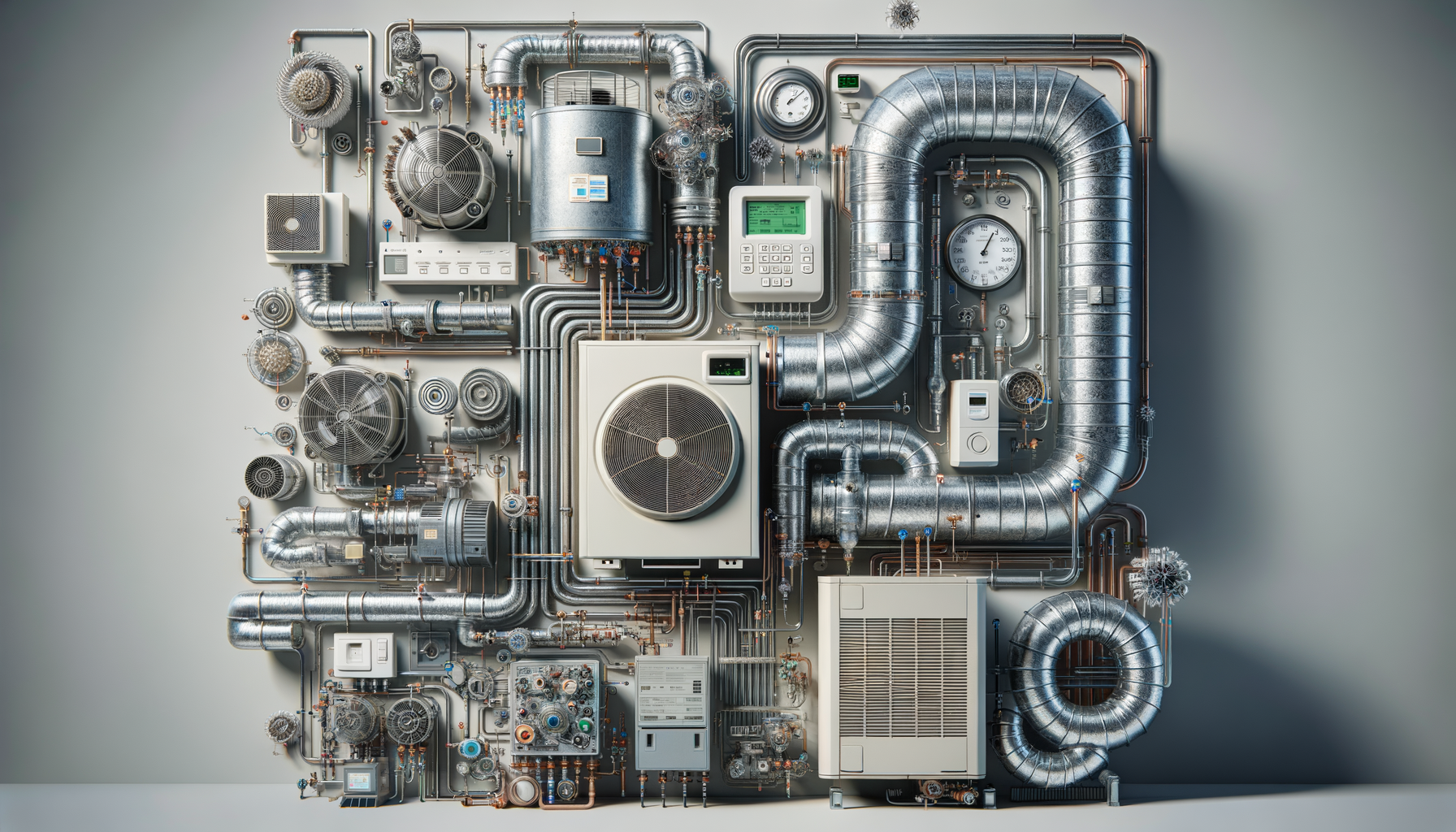
How HVAC Details May Quietly Influence Daily Comfort
Understanding the Basics of HVAC Systems
Heating, Ventilation, and Air Conditioning (HVAC) systems are essential components in modern buildings, providing a comfortable indoor environment regardless of the weather outside. These systems control temperature, humidity, and air quality, ensuring that living and working spaces are conducive to health and productivity. HVAC systems are comprised of several components, including furnaces, air conditioners, heat pumps, ductwork, and thermostats. Each component plays a critical role in maintaining the desired indoor climate.
One of the key elements of an HVAC system is the thermostat, which acts as the control center. It allows users to set their preferred temperature, and the system automatically adjusts to maintain this setting. The efficiency of an HVAC system can significantly impact energy consumption and costs, making it crucial for homeowners to understand how their systems operate. Regular maintenance, such as changing filters and checking for leaks, can enhance performance and extend the lifespan of the equipment.
Moreover, HVAC systems are not only about providing heating or cooling; they also play a vital role in ventilation. Proper ventilation ensures that fresh air circulates throughout the building, reducing the risk of indoor air pollution. This aspect is particularly important in tightly sealed modern buildings, where natural ventilation might be limited. By understanding the basics of HVAC systems, homeowners can make informed decisions about installation, maintenance, and upgrades, ultimately enhancing their daily comfort.
The Impact of Airflow on Indoor Comfort
Airflow is a critical factor in the effectiveness of HVAC systems and can significantly influence indoor comfort. Properly balanced airflow ensures that conditioned air reaches all areas of a building, maintaining consistent temperatures and preventing hot or cold spots. Imbalanced airflow, on the other hand, can lead to discomfort and inefficiency. For instance, if certain rooms receive more air than others, it can result in uneven heating or cooling, causing occupants to adjust the thermostat unnecessarily.
Several factors can affect airflow in an HVAC system, including duct design, filter cleanliness, and the positioning of vents and registers. Ductwork that is too narrow or has sharp bends can restrict airflow, leading to inefficiencies. Similarly, clogged filters can obstruct air movement, reducing the system’s ability to maintain desired temperatures. Regular inspection and maintenance of these components can help ensure optimal airflow and improve overall system performance.
Moreover, homeowners can take additional steps to enhance airflow and comfort. For example, rearranging furniture to avoid blocking vents can promote better air distribution. Additionally, using ceiling fans in conjunction with HVAC systems can help circulate air more effectively, providing a more uniform temperature throughout the space. By paying attention to these details, homeowners can quietly influence their daily comfort and energy efficiency.
Energy Efficiency and Cost-Effectiveness
The energy efficiency of an HVAC system is a significant consideration for homeowners, as it directly impacts utility bills and environmental sustainability. Energy-efficient systems use less power to achieve the same level of heating or cooling, resulting in cost savings and reduced carbon footprint. One way to assess the efficiency of an HVAC system is by looking at its Seasonal Energy Efficiency Ratio (SEER) for air conditioners and Heat Seasonal Performance Factor (HSPF) for heat pumps. Higher ratings indicate better efficiency.
Investing in energy-efficient HVAC systems can offer long-term benefits, including lower energy costs and increased property value. Additionally, many regions offer incentives and rebates for upgrading to high-efficiency systems, making it a financially attractive option. Homeowners can also improve efficiency by ensuring proper insulation and sealing of their homes, reducing the workload on HVAC systems.
Another aspect of cost-effectiveness is the maintenance and repair of HVAC systems. Regular servicing can prevent costly breakdowns and extend the life of the equipment. Simple tasks like replacing filters and cleaning ducts can make a significant difference in system performance and efficiency. By focusing on energy efficiency and cost-effectiveness, homeowners can enjoy a comfortable indoor environment while minimizing their environmental impact and saving money.